Inducción de Tumores in ovo para el Estudio del Efecto Antitumoral del Extracto de Ajo Envejecido
Resumen
En este trabajo se analizó el efecto del extracto de ajo envejecido (EAE) en células HeLa de cáncer cervicouterino mediante observación de cambios morfológicos, ensayo de viabilidad (MTT) y medición de p53 por western blot. En el modelo in ovo, se inocularon 4x10⁶ células en la membrana corioalantoidea de embriones de pollo para generar tumores, posteriormente tratados con EAE. Se incluyó un grupo control y dos grupos con tratamiento, con seis embriones por grupo (calculados mediante G power). Se evaluó el tamaño tumoral mediante análisis morfométrico y la expresión de p53 por inmunohistoquímica. Los datos se analizaron con Kruskall Wallis y prueba de Dunn. En el modelo in vitro, el EAE al 10% y 20% produjo cambios morfológicos compatibles con muerte celular, reducción de viabilidad y aumento de p53 en forma dosis-dependiente. En el modelo in vivo, el tratamiento con EAE redujo aproximadamente 50% el tamaño tumoral e incrementó la expresión de p53 en el tejido. El extracto de ajo envejecido presenta un efecto antitumoral en células HeLa, posiblemente mediado por la sobreexpresión de p53. Dicho efecto se observa tanto in vitro como in vivo
Descargas
Citas
https://doi.org/10.1016/j.soncn.2019.02.003
2. Yadav, G., Srinivasan, G., & Jain, A. (2024). Cervical cancer: Novel treatment strategies offer renewed optimism. Pathology - Research and Practice, 254, 155136.
https://doi.org/10.1016/j.prp.2024.155136
3. Sauter, E. R. (2020). Cancer prevention and treatment using combination therapy with natural compounds. Expert Review of Clinical Pharmacology, 13(3), 265–285.
https://doi.org/10.1080/17512433.2020.1738218
4. De Greef, D., Barton, E. M., Sandberg, E. N., Croley, C. R., Pumarol, J., Wong, T. L., Das, N., & Bishayee, A. (2021). Anticancer potential of garlic and its bioactive constituents: A systematic and comprehensive review. Seminars in Cancer Biology, 73, 219–264.
https://doi.org/10.1016/j.semcancer.2020.11.020
5. Rana, S. V., Pal, R., Vaiphei, K., Sharma, S. K., & Ola, R. P. (2011). Garlic in health and disease. Nutrition Research Reviews, 24(1), 60–71.
https://doi.org/10.1017/S0954422410000338
6. Kodera, Y., Kurita, M., Nakamoto, M., & Matsutomo, T. (2020). Chemistry of aged garlic: Diversity of constituents in aged garlic extract and their production mechanisms via the combination of chemical and enzymatic reactions. Experimental and Therapeutic Medicine, 19(2), 1574–1584. https://doi.org/10.3892/etm.2019.8393
Chen Shih , J. (2025). Relación entre inteligencia emocional y rendimiento académico en estudiantes de nivel superior de Arequipa en la postpandemia . Ciencia Y Reflexión, 4(2), 648–667. https://doi.org/10.70747/cr.v4i2.299
Alcántara , R. L. (2025). Acompañamiento Pedagógico Estrategia Colaborativa. Ciencia Latina Revista Científica Multidisciplinar, 9(3), 7881-7886. https://doi.org/10.37811/cl_rcm.v9i3.18412
Agila Mocha, R. J., Vivanco Ureña, C. I., León Bravo, F. E., & Reyes Carrión , J. P. (2025). Software Educativos para el Proceso de Enseñanza Aprendizaje de Matemáticas en Bachillerato. Ciencia Y Reflexión, 4(2), 1341–1369. https://doi.org/10.70747/cr.v4i2.334
Chen Shih , J. (2025). Relación entre inteligencia emocional y rendimiento académico en estudiantes de nivel superior de Arequipa en la postpandemia . Ciencia Y Reflexión, 4(2), 648–667. https://doi.org/10.70747/cr.v4i2.299
Quelal Morejón , C. E., Rogel Calderón , A. S., Loaiza Dávila , L. E., & Maqueira Caraballo, G. D. L. C. (2025). Los juegos predeportivos: una alternativa para la inclusión de estudiantes con Trastorno del Espectro Autista (TEA) a la clase de Educación Física. Arandu UTIC, 12(2), 2169–2189. https://doi.org/10.69639/arandu.v12i2.1055
Guadalupe Beltrán , E. S., Palomeque Zambrano, J. Y., & Loor Avila, B. A. (2025). Desafíos de la Educación Superior en Contextos Híbridos: Análisis de las Prácticas Docentes en la Universidad Estatal de Milagro durante el Periodo Académico 2025. Revista Veritas De Difusão Científica, 6(2), 1259–1281. https://doi.org/10.61616/rvdc.v6i2.685
Lozano Flores, L. D. (2025). Gamificación en el aprendizaje de unidades de tiempo: el caso de Sims 4. Emergentes - Revista Científica, 5(2), 68–86. https://doi.org/10.60112/erc.v5.i1.373
Velásquez Torres, A. O., González Bautista, G., Neira Vera , M., & García Montañez , A. M. (2025). Formación Docente en la Resolución Pacífica de Conflictos: Diagnóstico de una Necesidad Curricular en Colombia. Estudios Y Perspectivas Revista Científica Y Académica , 5(2), 2936–2952. https://doi.org/10.61384/r.c.a.v5i2.1329
Duarte Gahona, Y. K. (2025). Aplicación de la Inteligencia Artificial en la Personalización del Aprendizaje para Estudiantes con Necesidades Educativas Especiales . Revista Científica De Salud Y Desarrollo Humano , 6(2), 33–53. https://doi.org/10.61368/r.s.d.h.v6i2.575
7. Agbana, Y. L., Ni, Y., Zhou, M., Zhang, Q., Kassegne, K., Karou, S. D., Kuang, Y., & Zhu, Y. (2020). Garlic-derived bioactive compound S-allylcysteine inhibits cancer progression through diverse molecular mechanisms. Nutrition Research, 73, 1–14.
https://doi.org/10.1016/j.nutres.2019.11.002
8. Colín-González, A. L., Sánchez-González, M., Pérez-Vázquez, V., et al. (2012). The antioxidant mechanisms underlying the aged garlic extract- and S-allylcysteine-induced protection. Oxidative Medicine and Cellular Longevity, 2012, 1–16.
https://doi.org/10.1155/2012/907162
9. Zhao, X., Sun, W., Ren, Y., & Lu, Z. (2021). Therapeutic potential of p53 reactivation in cervical cancer. Critical Reviews in Oncology/Hematology, 157, 103182.
https://doi.org/10.1016/j.critrevonc.2020.103182
10. Swadi, R., Mather, G., Pizer, B. L., Losty, P. D., See, V., & Moss, D. (2018). Optimising the chick chorioallantoic membrane xenograft model of neuroblastoma for drug delivery. BMC Cancer, 18(1), 28. https://doi.org/10.1186/s12885-017-3978-x
11. Ribatti, D. (2008). The chick embryo chorioallantoic membrane in the study of tumor angiogenesis. Romanian Journal of Morphology and Embryology, 49(2), 131–135.
12. Ribatti, D., Nico, B., Vacca, A., Roncali, L., & Dammacco, F. (1997). New model for the study of angiogenesis and antiangiogenesis in the chick embryo chorioallantoic membrane: The gelatin sponge/chorioallantoic membrane assay. Journal of Vascular Research, 34(6), 455–463.
13. Cimpean, A. M., Ribatti, D., & Raica, M. (2008). The chick embryo chorioallantoic membrane as a model to study tumor metastasis. Angiogenesis, 11(4), 311–319.
https://doi.org/10.1007/s10456-008-9117-1
14. Mani, S., Swargiary, G., & Singh, K. K. (2020). Natural agents targeting mitochondria in cancer. International Journal of Molecular Sciences, 21(19), 6992.
https://doi.org/10.3390/ijms21196992
15. Schneider-Stock, R., & Ribatti, D. (2021). The CAM assay as an alternative in vivo model for drug testing. In Handbook of Experimental Pharmacology (Vol. 265, pp. 303–323). Springer.
https://doi.org/10.1007/164_2020_375
16. Kumar, P., Nagarajan, A., & Uchil, P. D. (2018). Analysis of cell viability by the MTT assay. Cold Spring Harbor Protocols, 2018(6), pdb.prot095505.
https://doi.org/10.1101/pdb.prot095505
17. Patiño-Morales, C. C., Jaime-Cruz, R., Ramírez-Fuentes, T. C., Villavicencio-Guzmán, L., & Salazar-García, M. (2023). Technical implications of the chicken embryo chorioallantoic membrane assay to elucidate neuroblastoma biology. International Journal of Molecular Sciences, 24(19), 14744. https://doi.org/10.3390/ijms241914744
18. Nicastro, H. L., Ross, S. A., & Milner, J. A. (2015). Garlic and onions: Their cancer prevention properties. Cancer Prevention Research, 8(3), 181–189. https://doi.org/10.1158/1940-6207.CAPR-14-0172
19. Kawasaki, H., & Nussbaum, G. (2025). Therapeutic potential of garlic, aged garlic extract and garlic-derived compounds on pancreatic cancer (Review). Biomedical Reports, 22(3), 54.
https://doi.org/10.3892/br.2025.1932
20. Lavin, M. F., & Gueven, N. (2006). The complexity of p53 stabilization and activation. Cell Death & Differentiation, 13(6), 941–950. https://doi.org/10.1038/sj.cdd.4401925
21. Srivastava, S., Tong, Y. A., Devadas, K., Zou, Z. Q., Chen, Y., Pirollo, K. F., & Chang, E. H. (1992). The status of the p53 gene in human papillomavirus positive or negative cervical carcinoma cell lines. Carcinogenesis, 13(7), 1273–1275.
https://doi.org/10.1093/carcin/13.7.1273
22. Goodwin, E. C., & DiMaio, D. (2000). Repression of human papillomavirus oncogenes in HeLa cervical carcinoma cells causes the orderly reactivation of dormant tumor suppressor pathways. Proceedings of the National Academy of Sciences, 97(23), 12513–12518.
https://doi.org/10.1073/pnas.97.23.12513
23. Farhat, Z., Hershberger, P. A., Freudenheim, J. L., Mammen, M. J., Hageman Blair, R., Aga, D. S., & Mu, L. (2021). Types of garlic and their anticancer and antioxidant activity: A review of the epidemiologic and experimental evidence. European Journal of Nutrition, 60(7), 3585–3609. https://doi.org/10.1007/s00394-021-02482-7
Derechos de autor 2025 Carlos César Patiño Morales , Ricardo Jaime Cruz , Laura Villavicencio Guzmán , Marcela Salazar García

Esta obra está bajo licencia internacional Creative Commons Reconocimiento 4.0.

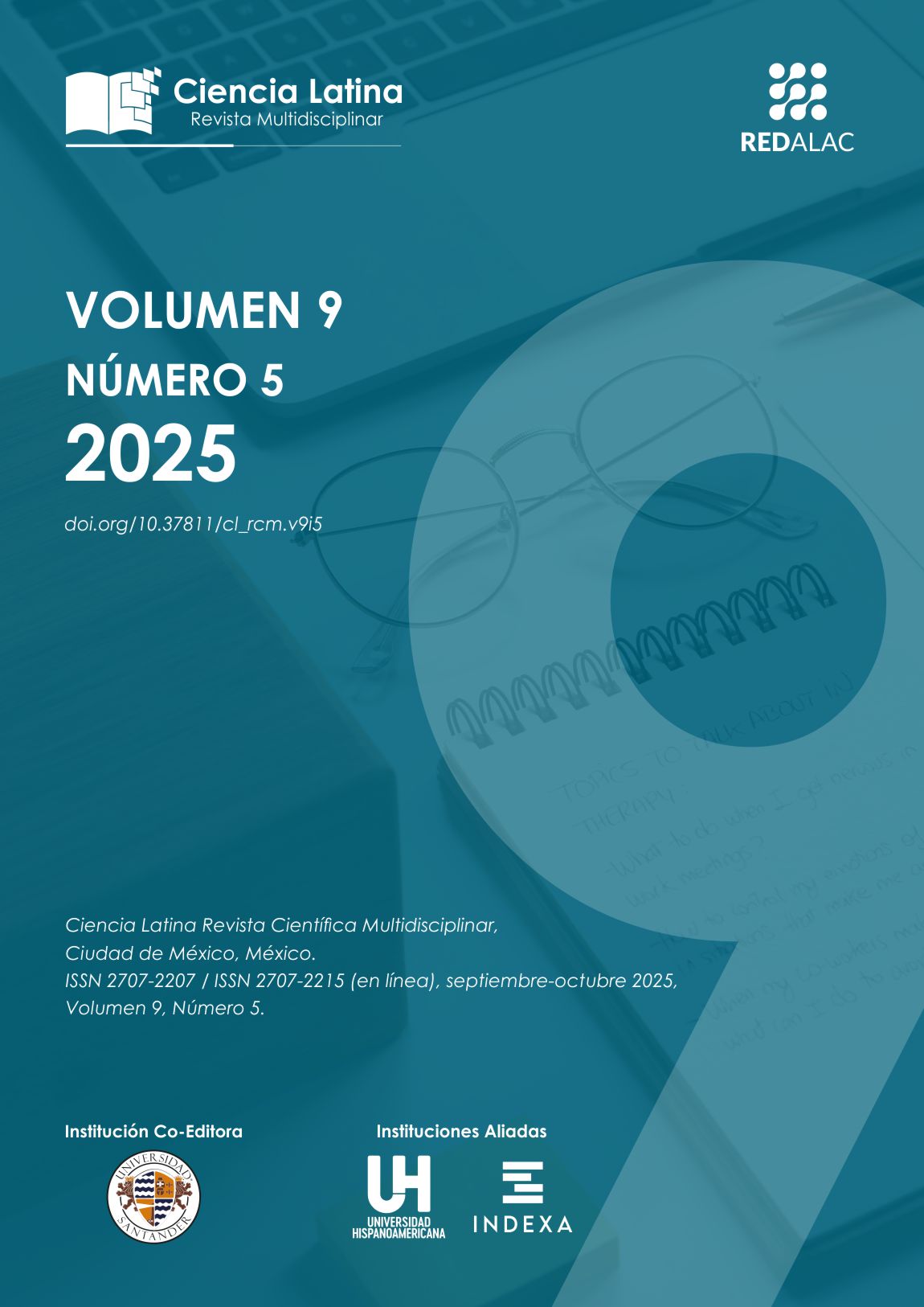
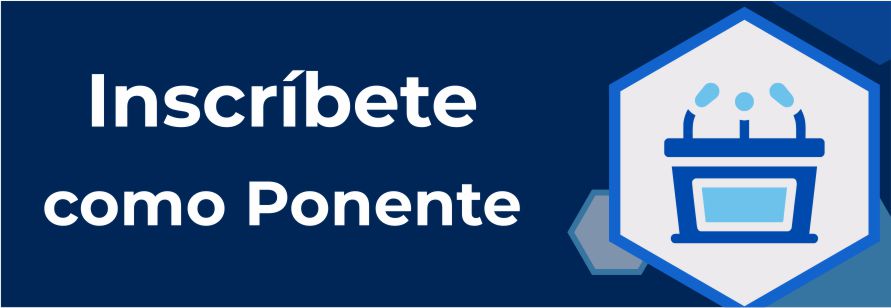
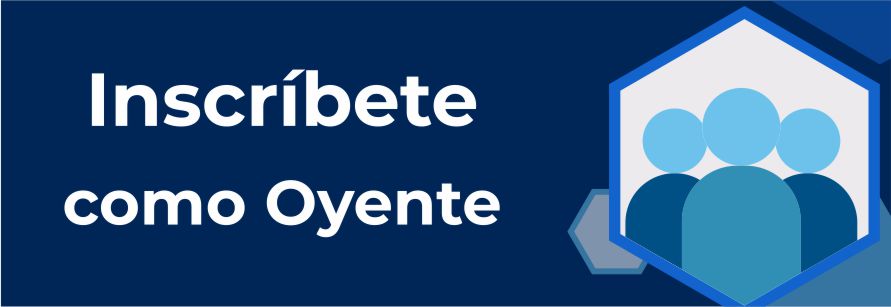







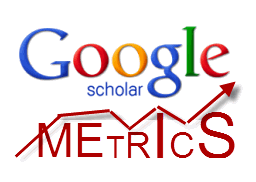
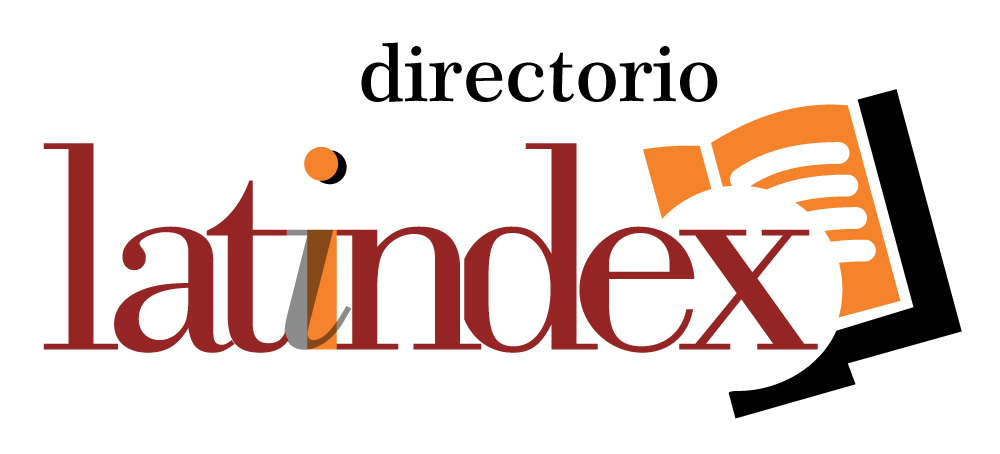
.png)
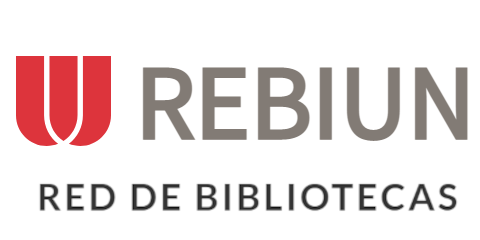







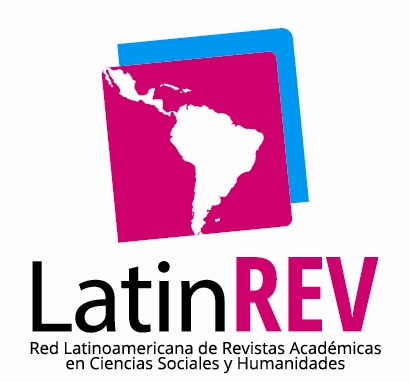

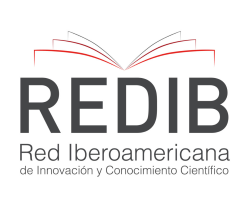


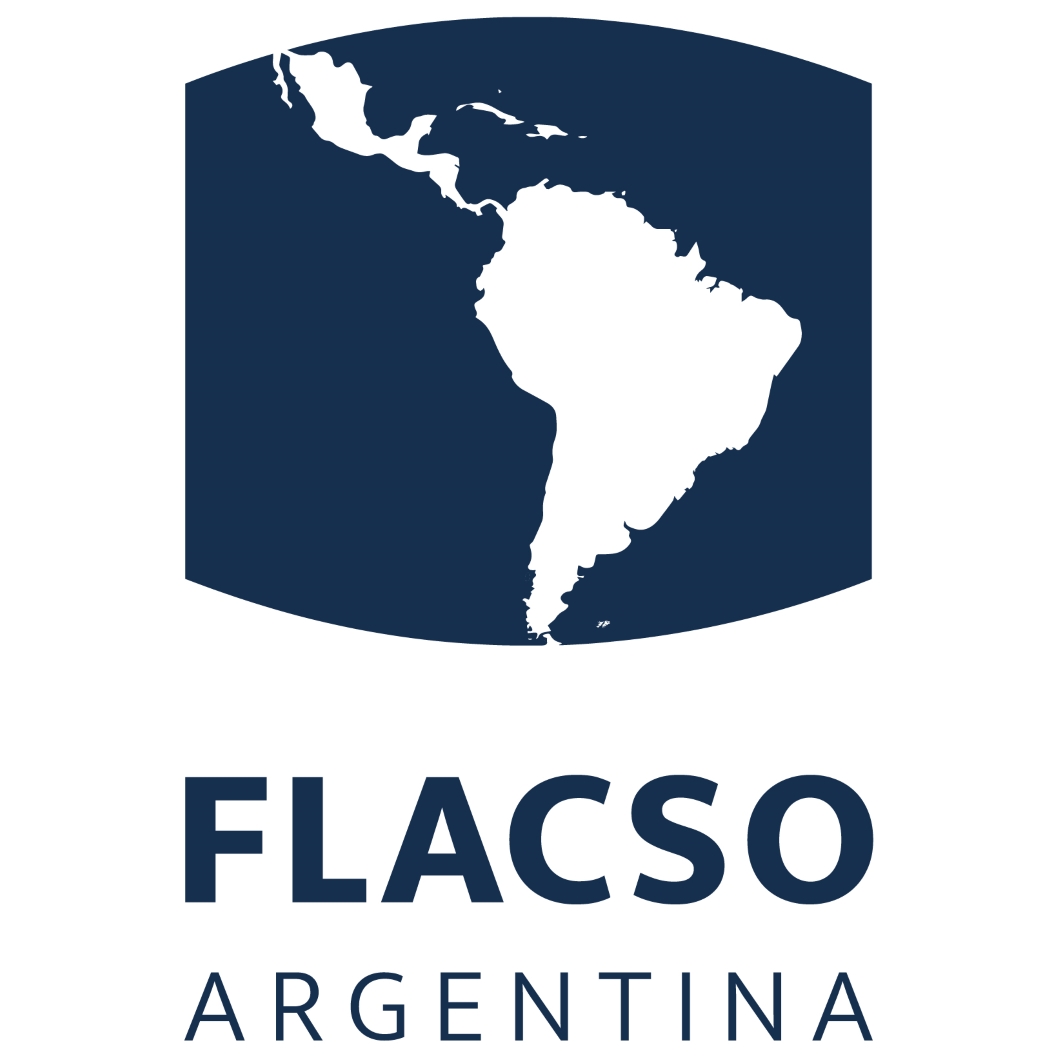

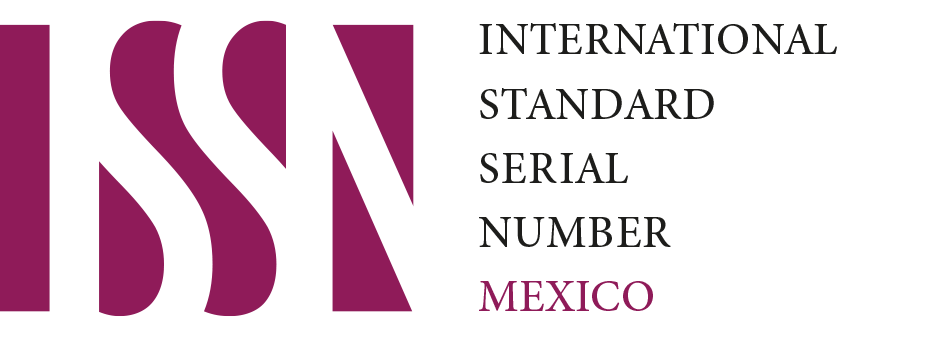
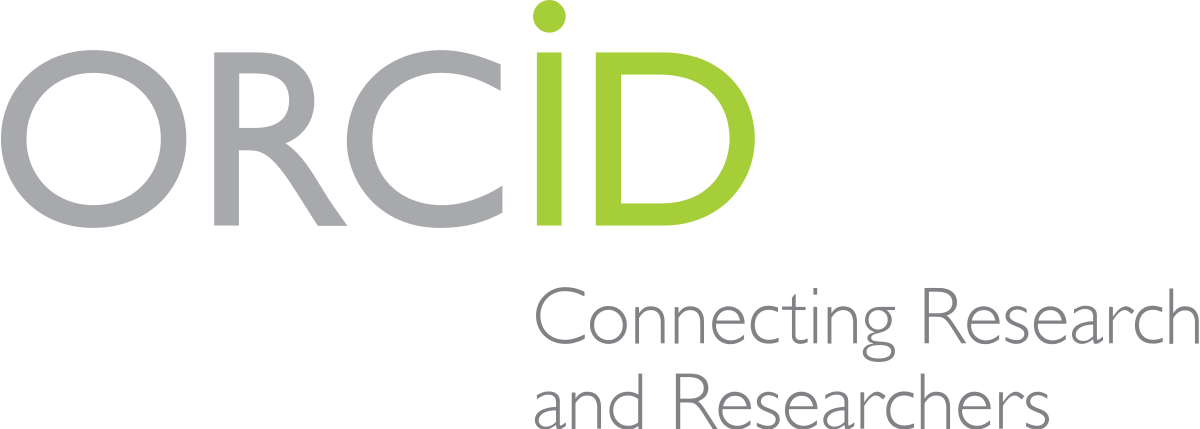



.png)
1.png)


